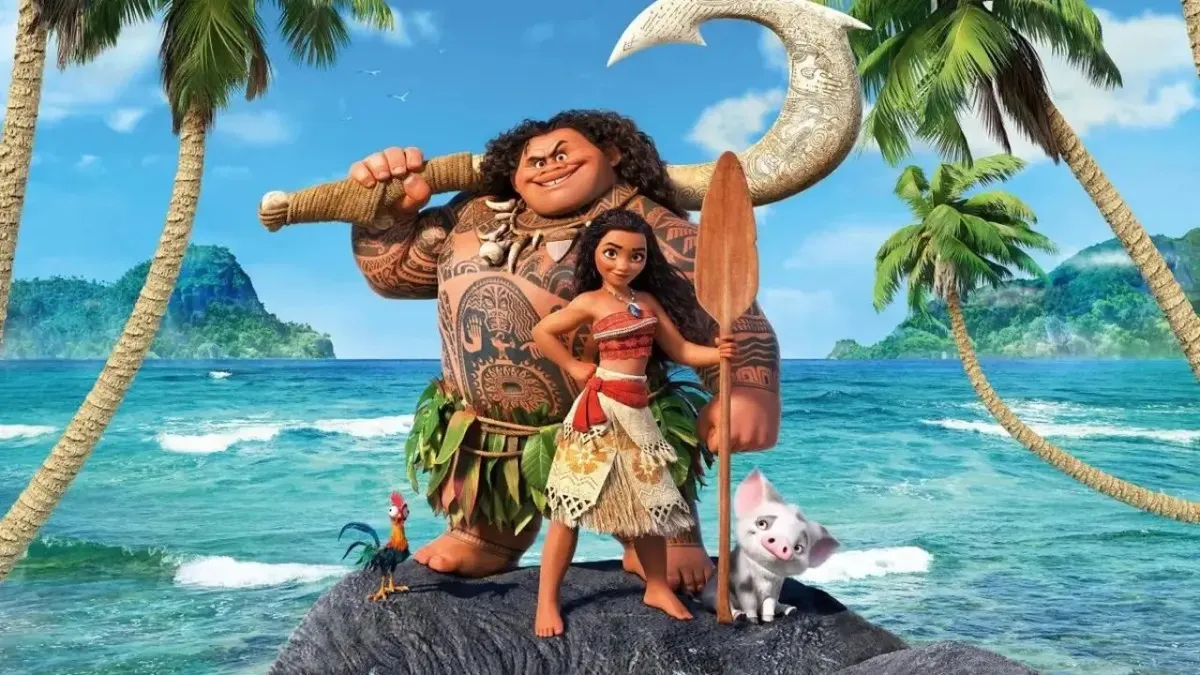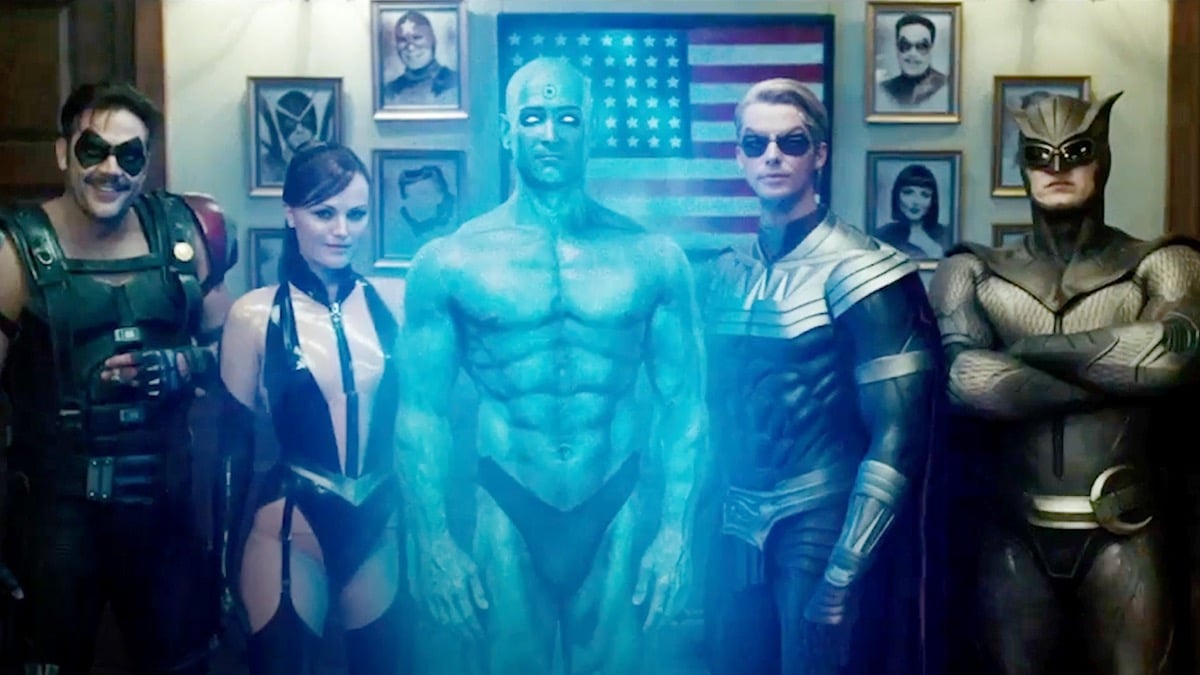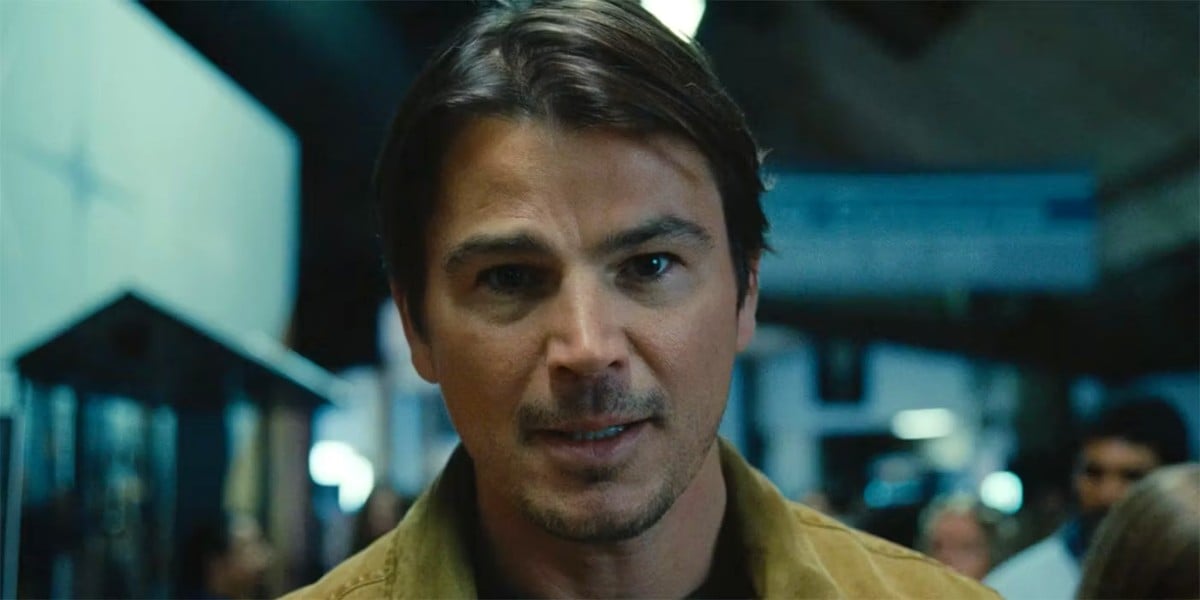Although some critics, including this one, weren’t vastly impressed by the story in Avatar: the Way of Water, one aspect of the film that deserves its universal acclaim is its visual effects. The world of Pandora, with its intricately rendered landscapes, creatures, and people, is masterful.
The digital release of the film on March 28 will include over three hours of bonus features, including behind-the-scenes footage detailing many of the techniques that were developed to make the film. If, like me, you love seeing how the sausage is made, the film’s bonus features might be just as enjoyable as the film itself (or more so!). Here’s some cool stuff we learned during a press event to promote the digital release.
Avatar‘s “cameras” used infrared and ultraviolet light to film perfomers
Avatar: The Way of Water was filmed with a variety of cameras and sensors, since most performers appeared in the film not as humans, but as the alien race the Na’vi. Each actor wore two cameras mounted in front of their faces, in order to capture their facial expressions during their performances. To help the cameras, each actor also had numerous dots drawn on their skin to map their muscle movements to the faces of their characters. This filming technique was a similar, but updated, version of the technique used to film other computer generated characters.
To capture the movement of their bodies, the filmmakers used a system of infrared light that detected the location of small white balls placed on the actors’ bodies. Sensors set up all over the soundstage were used to track the actors’ locations and movements. The “camera” that writer and director James Cameron used to film the actors had no traditional lens, but rather another configuration of white balls that determined the angle at which the scene would be filmed.
James Cameron built a huge swimming pool to film the underwater scenes
For the underwater scenes, Cameron originally filmed the actors on wires, but felt that it didn’t look realistic enough. Instead, he decided to build a giant tank of water in which the actors could swim. The tank included a giant steel slab that made waves, and boat propellers that created currents. The actors learned to free dive so that they could hold their breath for extended periods, since air bubbles acted as tiny mirrors that interfered with the sensors.
Since infrared light can’t penetrate water, the filmmakers used ultraviolet light instead. That filmmaking technique effectively created two separate enclosures, called volumes, to capture the actors’ performances: one underwater, and one on the surface. These two volumes were stitched together to create the final product (since so many scenes involve characters half in and half out of water).
Wētā FX’s artists are amazing
The artists at Wētā FX, the company that did the visual effects for The Rings of Power and numerous Marvel projects, did an incredible job on Avatar: The Way of Water. The water effects, the flora and fauna, the clothing, the characters’ faces: it’s all stunning, especially when you see the raw material they had to shape into a detailed, believable world. When VFX artists are increasingly calling out the subpar wages and working conditions in the film industry (including at Wētā), the visual effects in Avatar 2 show how crucial VFX artists are to the quality of a film.
What could other filmmakers do with these kinds of resources?
It’s fun to ooh and ahh over the lengths James Cameron went to in order to create the world of Avatar, but the movie’s bonus features are also a sobering reminder that a lot of the movie’s success boils down to money. Avatar: The Way of Water reportedly had a budget of between $350 and $400 million, with the production budget alone adding up to $250 million. Since Avatar 2 was heavily influenced by Indigenous cultures, it’s worth asking what an Indigenous filmmaker could do with that kind of money. Even as we marvel at Avatar’s visuals, it’s worth thinking about all the eye-popping films we’ll never see.
Avatar: The Way of Water, along with numerous bonus features, will be available for digital purchase on March 28.
(featured image: 20th Century Studios)








